Siberian Husky
Siberian Husky
America’s Striking and Energetic Adventurer
1. Introduction to the Breed
The Siberian Husky, securing the #15 spot in the 2024 American Kennel Club (AKC) rankings, is a striking and energetic breed admired for its wolf-like appearance and adventurous Ascendant: endurance. Renowned for their athleticism and friendly demeanor, Huskies thrive with active owners in colder climates or spacious homes, making them ideal companions for those who love outdoor adventures and can match their spirited, independent nature.
2. History of the Breed
Originating in Siberia, Russia, over 3,000 years ago, Siberian Huskies were bred by the Chukchi people as sled dogs to transport goods and people across harsh Arctic conditions. Their endurance and speed made them invaluable for survival in extreme climates. Introduced to Alaska in the early 20th century for sled racing, they gained fame during the 1925 Nome serum run, where Huskies like Balto saved lives by delivering diphtheria antitoxin. Recognized by the AKC in 1930, Huskies have since become popular in the U.S. for their beauty and adventurous spirit, starring in films and dog sports.
3. Physical Characteristics
- Typical Size and Weight: Huskies are medium-sized, standing 20–23.5 inches tall at the shoulder. Males weigh 45–60 pounds, while females range from 35–50 pounds, with a lean, athletic build.
- Coat and Color: Their thick, double-layered coat is medium-length, with a soft undercoat and coarse outer layer, in colors like black, white, gray, or red, often with striking markings and blue or multicolored eyes.
- Distinctive Features: Huskies have a wolf-like face, erect ears, and a bushy, curved tail. Their almond-shaped eyes and agile, graceful gait reflect their endurance and Arctic heritage.
4. Personality Traits
Siberian Huskies are friendly, energetic, and independent, with a playful, pack-oriented nature that makes them excellent companions for active households. They’re social, getting along with children and other dogs, but their high prey drive may lead to chasing small animals. Huskies are intelligent but stubborn, often requiring creative training to stay engaged. Their love for running and exploring suits owners who enjoy hiking, running, or sledding, though their vocal howls and escape-artist tendencies demand a secure environment.
5. Care Requirements
- Exercise Needs: Huskies require 90–120 minutes of daily exercise, such as running, hiking, or sledding activities. Mental stimulation through scent games or agility training keeps their active minds engaged.
- Grooming Needs: Their coat needs brushing 2–3 times per week to manage heavy shedding, especially during seasonal changes. Regular ear cleaning, nail trimming, and dental care prevent infections and maintain health.
- Dietary Considerations: A high-protein diet supports their energetic lifestyle, with foods containing omega fatty acids for coat health. Portion control prevents obesity, and fresh water is essential post-exercise to support their stamina.
6. Health and Lifespan
Siberian Huskies have an average lifespan of 12–14 years. Common health issues include hip dysplasia, cataracts, and corneal dystrophy. Some may develop hypothyroidism or skin allergies. Regular vet checkups, eye screenings, and a healthy lifestyle mitigate risks. Owners should monitor for eye cloudiness or joint stiffness, particularly in older dogs, and ensure a cool environment, as Huskies are prone to overheating in warm climates.
7. Training and Socialization
Huskies are intelligent but independent, requiring patient, positive reinforcement training with treats or play. Short, engaging sessions prevent boredom, as their free-spirited nature can lead to distraction. Early socialization ensures comfort with strangers, children, and other animals, reducing their prey drive or aloofness. A strong “recall” command is crucial to prevent wandering, and activities like sledding or agility channel their energy effectively.
8. Ideal Home Environment
Huskies thrive in homes with secure, spacious yards or access to trails, ideal for rural or suburban settings with cooler climates. They suit active families or individuals who enjoy outdoor activities like running or skiing. Apartments can work if exercise needs are met, but a fenced yard prevents escapes due to their adventurous nature. Owners should provide a stimulating, cool environment to match their energetic and social demeanor.
9. What’s the Best Toy for My Siberian Husky?
Siberian Huskies love toys that match their high energy and adventurous spirit. Durable chew toys made of tough rubber withstand their strong chewing, providing 20–30 minutes of engagement, especially when stuffed with treats for mental stimulation. Sturdy balls for fetching tap into their love for running and chasing, ideal for 20–30 minute outdoor sessions. Thick rope toys for tugging satisfy their physical strength, perfect for 15–20 minute interactive play with owners. Interactive puzzle toys with treat compartments challenge their intelligence, keeping them occupied indoors for 15–20 minutes. Avoid flimsy toys, as Huskies can destroy them quickly, risking choking. Rotate toys regularly and pair with outdoor activities for maximum engagement.
10. Adoption and Breeder Tips
Choose breeders affiliated with the Siberian Husky Club of America, ensuring health clearances for hips, eyes, and thyroid conditions. Visit the breeder to assess puppy health, meet parents for temperament insights, and confirm ethical practices, including socialization and clean facilities. Rescues like Husky-specific organizations offer adoptable dogs, often with known histories. Avoid puppy mills, as Huskies are prone to health issues if poorly bred. Ask about genetic testing, socialization, and the breeder’s experience with working or companion lines to ensure a healthy, well-adjusted dog.
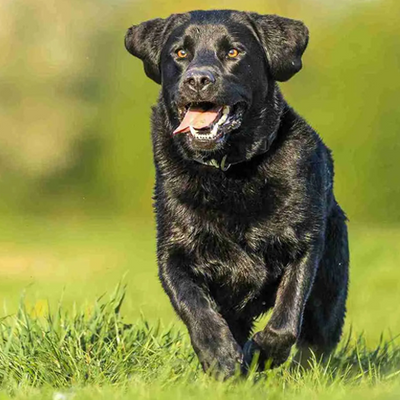
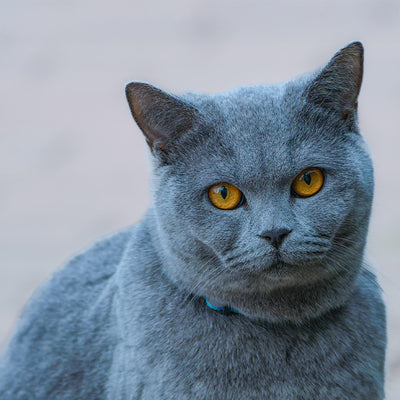
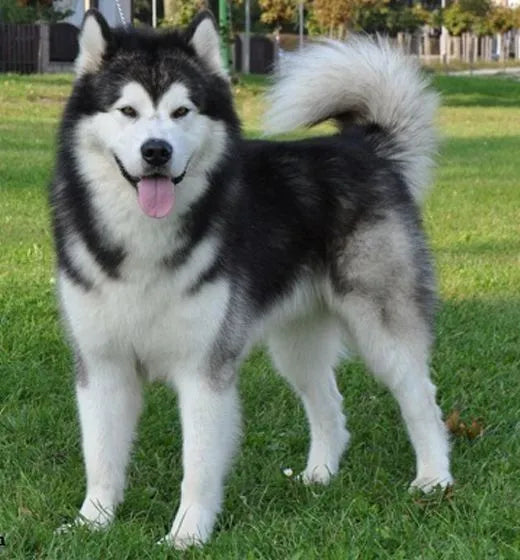
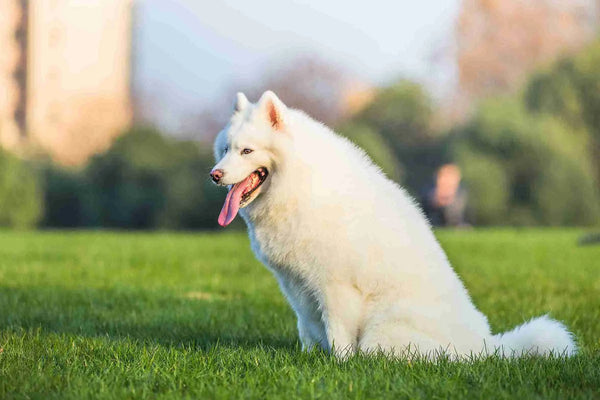
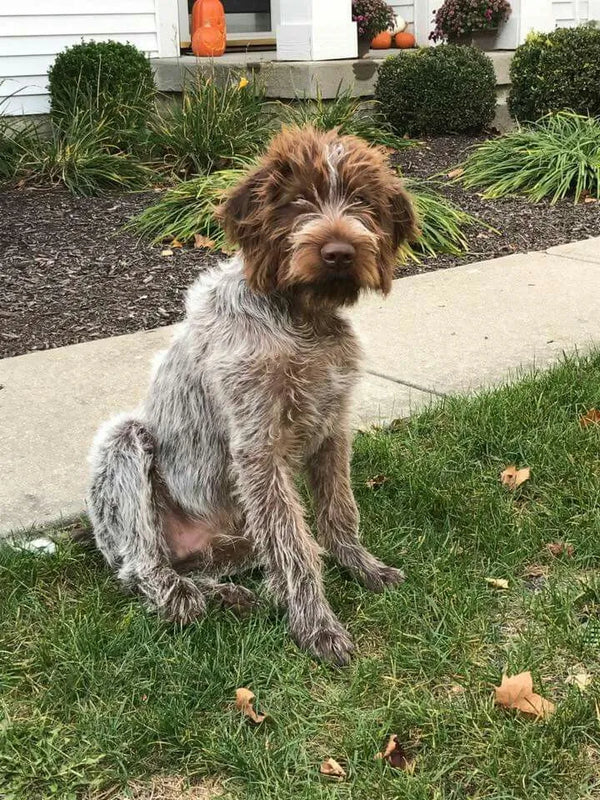
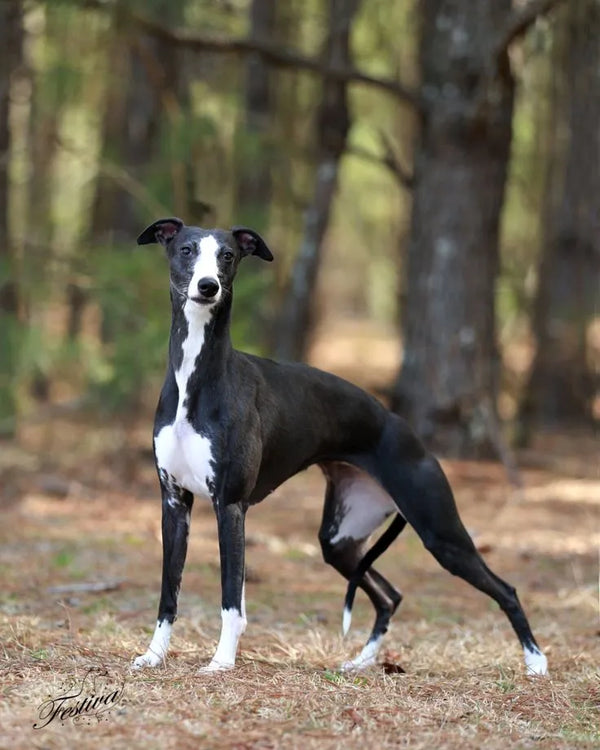
0 comments